
How can Norway secure its energy system in the face of current threats?
A new report from SINTEF and NTNU presents three clear recommendations for a more resilient energy system.

A new report from SINTEF and NTNU presents three clear recommendations for a more resilient energy system.
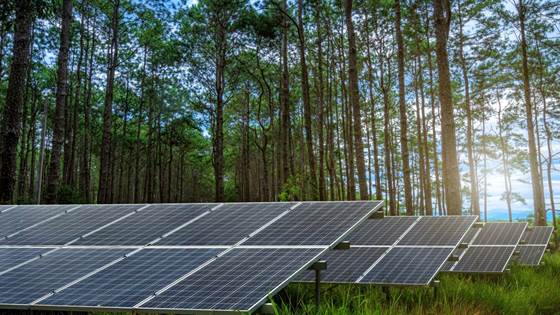
It’s easy to oppose solar parks when you hear that 60 solar plants are equivalent in area to over 5000 football pitches, as recently reported by NRK. This analogy draws attention away from other important aspects of the debate.
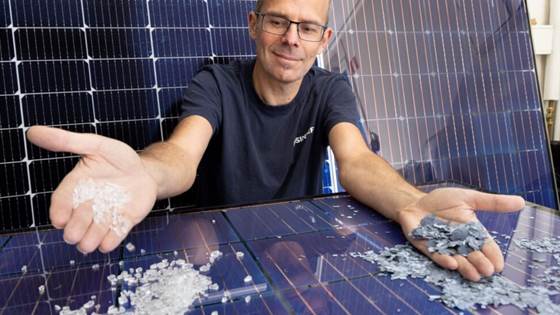
Solar panels contain many valuable materials. Still, most of them end up discarded after use. Now researchers are investigating new ways of recycling.
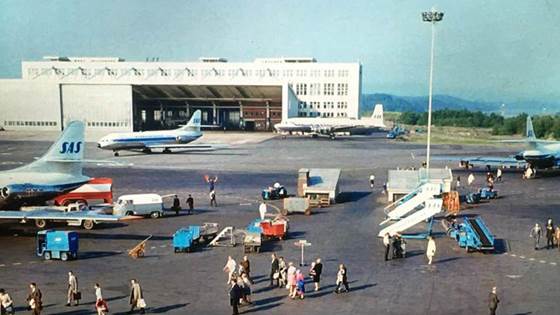
It is essential that Norwegian towns and cities become climate-neutral. But how do we get this done? On the site of the old Oslo airport at Fornebu, researchers are demonstrating how real transformation can be implemented in practice.
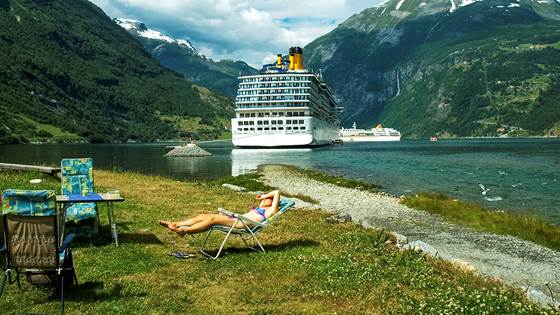
A cure for global warming: Technologies exist that can get us out of this mess. Let’s take a look at them.
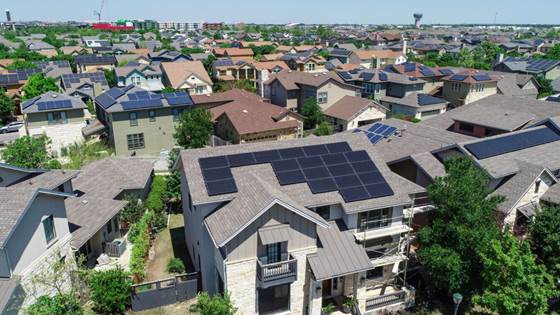
In the future, we will see the emergence of local energy communities made up of households and businesses who buy and sell electricity among themselves. But someone will have to work out how to determine the price.
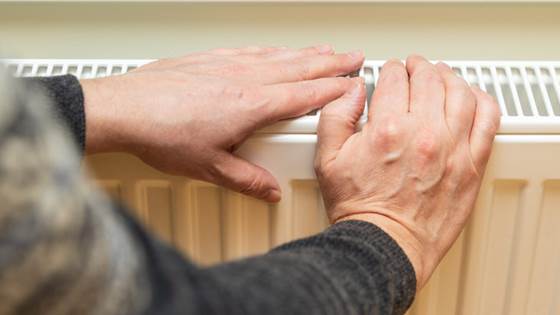
Soon you may be able to keep your house warm in winter using heat which molecules from food waste have borrowed from yesterday’s sunshine.
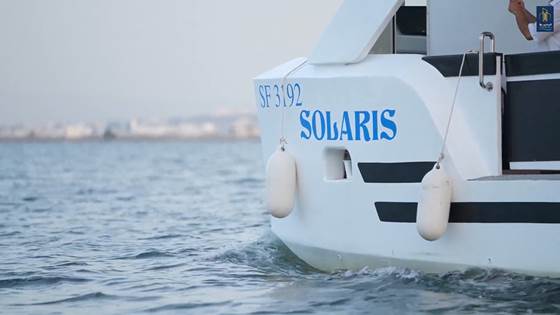
SINTEF has led a project for sustainable maritime transport in North Africa. The result is a transport boat powered by batteries from solar cells.
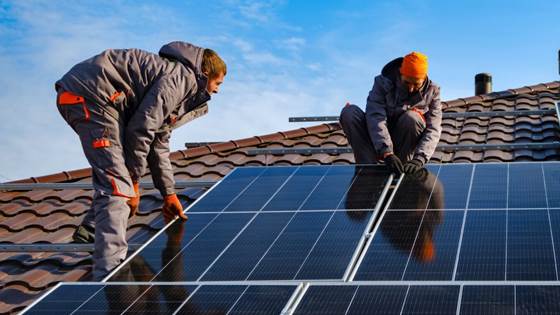
We need the electricity generated by solar panels in order to meet our climate change mitigation targets. But solar power must be integrated rationally and fairly – something that can only be achieved with effective regulation.
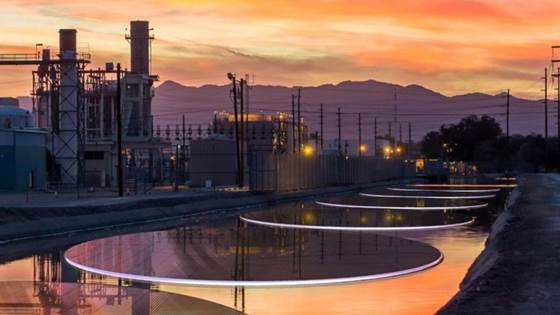
Researchers are planning a solar energy plant that will capture ‘concentrated sunlight’ using mirrors. The plant will also be distinctive because it will generate both electricity and heat, which can be used to capture carbon dioxide.
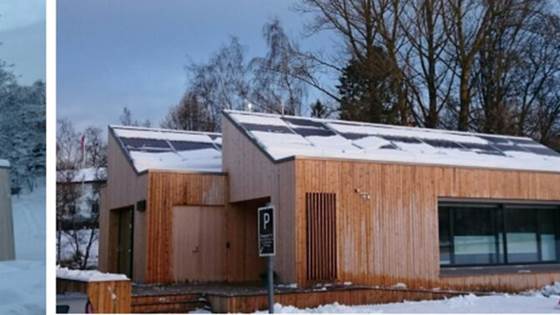
Norway has seen an increase in solar power capacity in recent years, but in winter solar panels face a big problem: snow. Researchers modelled how much extra electricity could be generated if solar panel surfaces were designed to repel snow and ice.

With a surplus of energy generated, Voldsløkka becomes the first plus energy school in Oslo. Preparations are well under way.
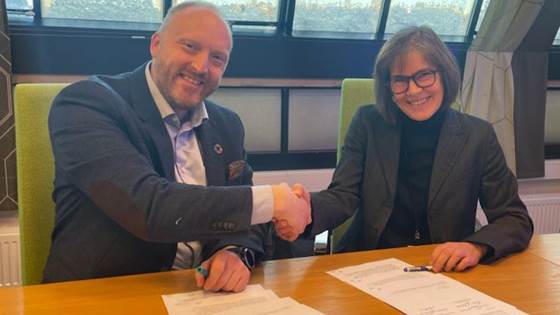
Trondheim, 8 December 2022: a letter of intent has been signed between SINTEF and Sustainable Energy that will guarantee Norwegian industry access to relevant research and testing infrastructure. This will be necessary for realising the green shift.
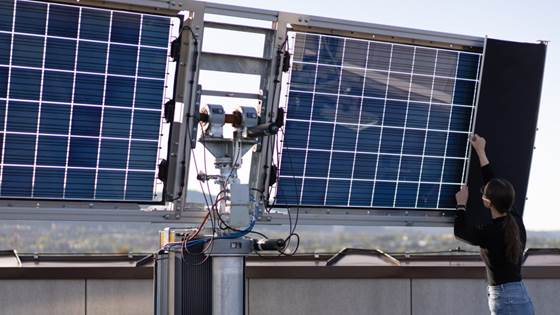
Solar energy is good news for planet Earth – but solar panels are not as climate-friendly as they should be. Researcher Martin Bellmann is using what he calls the ‘black gold’ waste materials from solar panel manufacture to make new panels.

Not only are they high above us – they also offer us great benefits. From SINTEF’s new solar panel laboratory, you can see all across the city of Trondheim. Here, conditions are optimal for research into solar panel performance at Nordic latitudes.